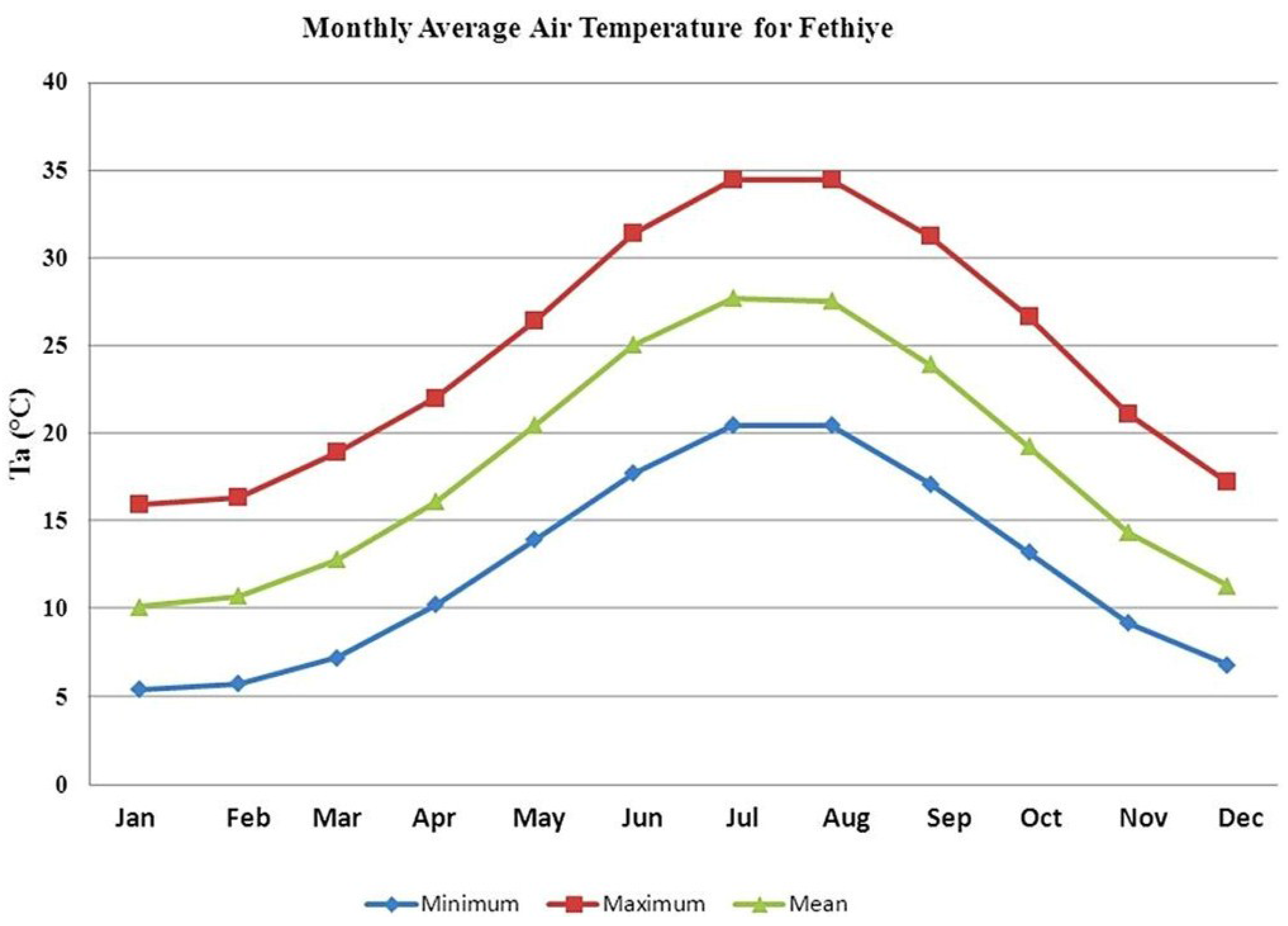
Fulbrook suggested that axillary temperature compared favorably with pulmonary artery (PA) temperature and is the site of choice in the absence of invasive catheters. The correlation between oral and intravesical temperature (r = 0.914, P < 0.001), axillary and intravesical temperature (r = 0.936, P < 0.001), rectal and intravesical temperature (r = 0.927, P < 0.001) was linear and direct.īody temperature being an important part of monitoring of critically ill patients has been studied by several authors. The repeated measurement test showed significant differences between mean temperature in four methods ( χ 2 = 24.58, P < 0.001). The mean temperatures recorded from mouth, axilla, rectum and bladder over a period of 4 days were 36.91 ± 0.3✬, 36.6 ± 0.32✬, 37.25 ± 0.35✬, 37.8 ± 0.3✬, respectively. In this study, the temperature measurement by intravesical thermo probe was no better than rectal, oral or axillary temperatures. Then, the recorded data were analyzed using statistical package for social sciences (SPSS) computer package. Oral, axillary and rectal temperatures were measured using conventional thermometer. Oral, axillary and intra-vesical temperatures were recorded at two hours interval and rectal temperature was recorded every 12 hours, for four days postoperatively. The patients who were catheterized with Foley urinary catheter with thermistor probe (Sensor 2 way silicone catheter, Rusch, Germany) during and after surgical procedure had their intra-vesical temperatures recorded. Twenty patients (14 males and mean age 34 years) admitted for kidney transplantation surgery were evaluated. In this study, we compared the temperatures of urinary bladder, rectum, axilla and mouth in patients who underwent kidney transplantation. Patients with indwelling Foley catheter with a specialized thermo probe can have continuous monitoring of body temperature. Frequent changes in temperature have led to the use of rectal probes for continuous monitoring of hypothermic or hyperthermic patients. Measurement of temperature or core temperature as a part of vital signs is particularly important in the critical care patient. A comparison between urinary bladder temperature and rectal, axillary and oral temperatures following kidney transplantation.
#Temporal temperature conversion how to
How to cite this URL: Ahmadnia H, Mojahedi MJ, Dalooee MK, Ghanbarizadeh SR. Saudi J Kidney Dis Transpl 2010 21:1135-6

How to cite this article: Ahmadnia H, Mojahedi MJ, Dalooee MK, Ghanbarizadeh SR.

Hassan Ahmadnia, Mohammad J Mojahedi, Mohammad Khaje Dalooee, Saeed R Ghanbarizadehĭepartment of Urology and Nephrology, Ghaem Hospital, Mashhad University of Medical Science, Mashhad, IranĬlick here for correspondence address and email Date of Web Publication A comparison between urinary bladder temperature and rectal, axillary and oral temperatures following kidney transplantation


 0 kommentar(er)
0 kommentar(er)
